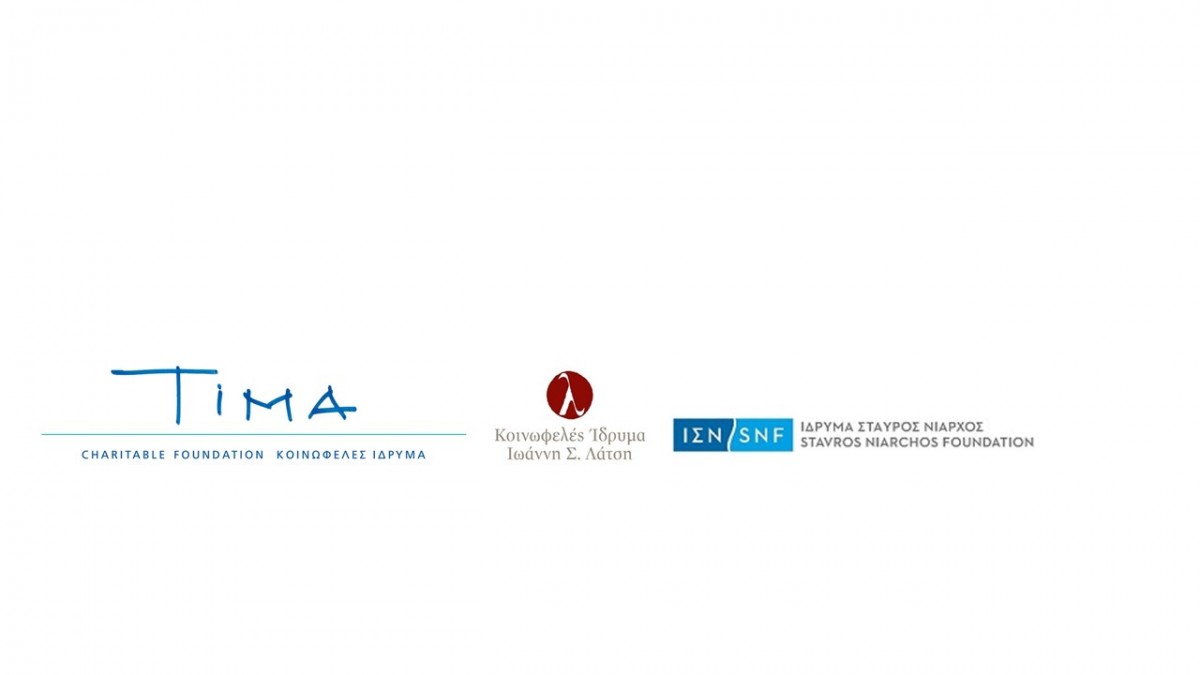
Three interviews dozens of information
After a year of HIGGS operation we have gathered the most important information and the most useful conclusions that have emerged from the answers of the three Foundations we hosted in the previous Newsletters (Stavros Niarchos Foundation, John S. Latsis Public Benefit Foundation, TIMA Charitable Foundation).
Among other things, we learned more about the foundation’s strategic priorities, how to fill out applications for funding and the selection criteria, as well as about the educational needs of NGOs as perceived by their applications and their cooperation with NGOs.
Donations
Funding
Some foundations such as TIMA Charitable Foundation give priority to the third age, while other foundations such as Stavros Niarchos Foundation are interested in many areas. This observation is particularly important as it indicates that each foundation has different strategic priorities, which must be taken seriously by the NGOs who wish to meet the Foundations priorities.
Tips for applying to foundations
Taking into account the answers from the interviews, it appears that there is no specific recipe that guarantees success. The recipe is “unique” for each foundation. However, there are some common denominators for all organizations who apply for grants. It is appropriate for the NGO submitting the proposal to highlight the actual need that it wishes to cover and to make clear the connection of this need with this request and the proposed way to deal with it. It is also useful for the applicant NGO to prepare an overall plan for the implementation of the project, including the human and financial resources that will be needed, the steps it will take, the target group and the benefits it is expected to have. Well designed initiatives responding to current social needs that promote cooperation between civil society actors and demonstrate high levels of know-how as well as effective engagement of staff and volunteers in achieving the organization’s goals are ranked at the top in the list of the foundations preferences. It should be pointed out that it is important for each organization to capture in its application the elements of “authenticity” and the originality of its work and not to adapt its application to match its actions with proposals we have funded in the past, as all the candidates who successfully pass the stage of the preliminary evaluation will then be invited to go through the interview stage, which aims to ensure that candidates can communicate in a convincing and effective way their vision and goals.
Website & Application Form
Interested parties should visit the foundations’ website in order to get a general idea on the type of initiatives that have been funded. Facebook page usually has up-to-date information on funding as well as recent developments on ongoing projects and annual programs. On foundations’ websites, organizations can find the relevant application form for grants with all the required information.
Evaluation
Firstly, foundations focus on the principles of the applicant organization, such as honesty and transparency, as well as the dedication to the work shown by the management and staff of the organization. The ability of an NGO to clearly and briefly present its mission, objectives and actions. Secondly, its impact and its benefit to the community and any innovation and sustainability elements it may contain are assessed.
Sustainability
In the interviews, it was stated that foundations prefer to fund proposals that have a clear action plan not only for the period of implementation of the funded project but also after that. Furthermore, it is important for each project to incorporate elements of adaptability of its operation in order to ensure that its actions are effective in relation to the social needs and that it is capable of sustaining its funding and continuing its work.
NGOs training needs in Greece
All foundations believe that NGOs in Greece are promising. Each NGO has different size, services and experience and therefore different training needs. In general, the majority of foundations agree that the training of NGO members should focus on management (legal, accounting), allocation of resources, human resources and volunteer management), communication (marketing, use of social media) and development of innovative programs and services. As illustrated by the representative of one of the three foundations, improving the communication of the work of organizations and better recording the results of their actions using reliable measurement and evaluation methods can lead to better information of the public and their donors.
Partnerships between foundations
The interviews have shown that the majority of foundations perceive co-funding as a strong message / example for NGOs and that they should cooperate as much as possible. In other words, the foundations consider that cooperation between them is a good practice and an example of cooperation between organizations.
Ways of cooperation
Partnerships between foundations may involve exchange of information on organizations issues or complementary donations and other financial initiatives. Foundations usually proceed to complementary donations in cooperation with other foundations in order to extend and enrich programs.
Benefits of partnerships
Funding co-operations between foundations maximize social impact which is important for both foundations and organizations. In addition, these collaborations increase the funding sources and therefore organizations will not have to depend on one or a few donors. This practice contributes to the long-term sustainability of organizations. For foundations, collaborations contribute to the most effective fulfillment of their goals.

